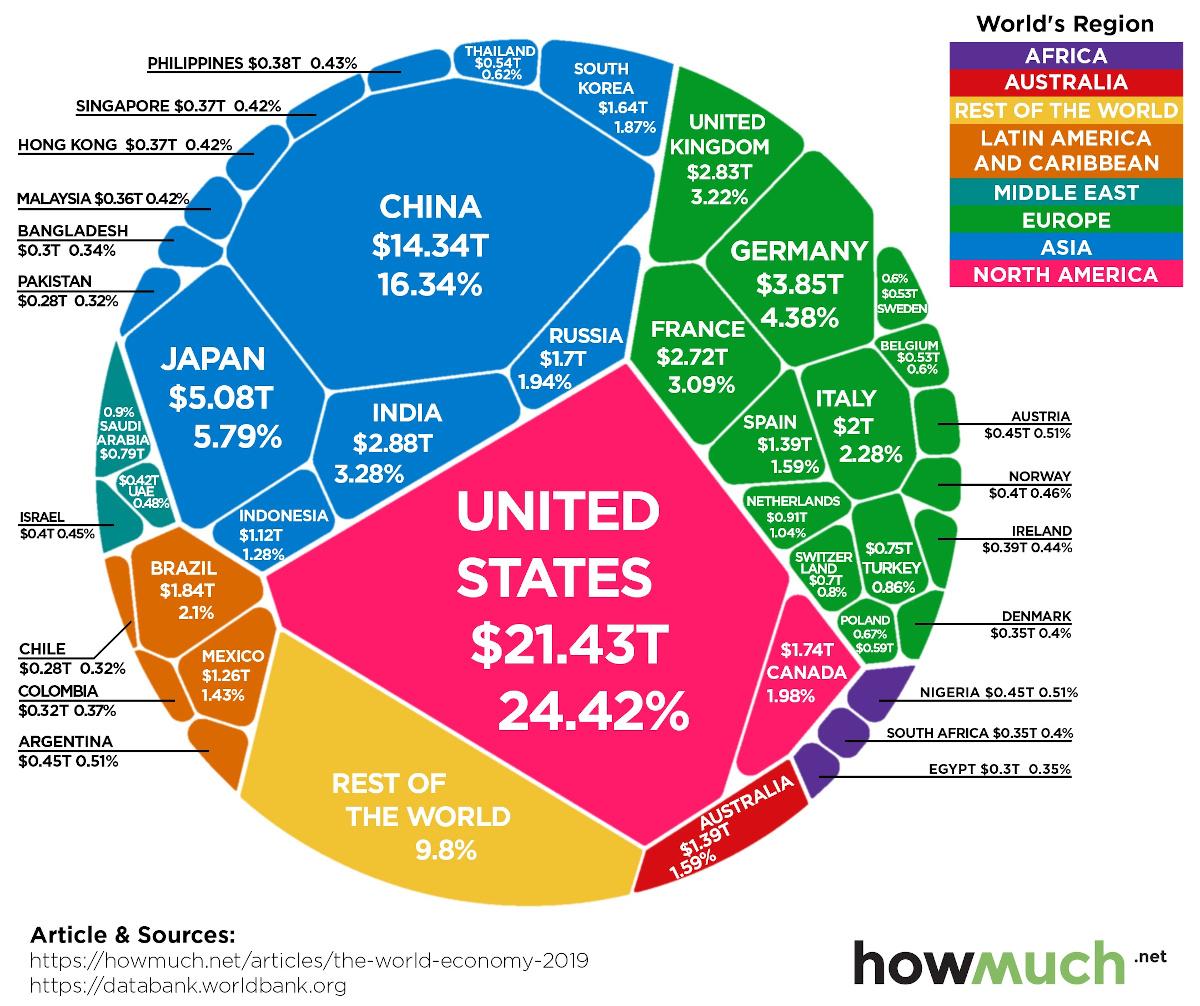As you know, I've been covering the worsening outbreak in Utah here on this blog since September 18th.
If you did not see the news reported Sunday, late last week the Utah Hospital Association went to Governor Herbert and asked for approval of a triage policy.
If you still think COVID-19 is "just the flu", triage is unprecedented at Utah hospitals.
For those of you who do not know what triage is, it means that medical staff divide patients into 3 groups: those who can be helped, those who can be delayed, and (roughly for emphasis) those who should be cut loose so the first two groups can be served.
As a medical technique, triage is most closely associated with battlefield casualties on the Western Front in World War I.
However, while information is not public, it appears that it was practiced in many European hospitals last spring.
What the UHA asked the Governor for was an approved shift in policy from no triage ever, to triage if needed. Without that approval medical professionals could be criminally charged if they failed to provide adequate care to those in the third group.
I haven’t said, ‘It’s gonna happen’ — until [Thursday] night,” Bell said. “I told the governor, ‘It’s gonna happen." [Bell is the head of the UHA]
If you're curious, the ICU in Cedar City is handling only non-COVID-19 cases for the region. Anyone with COVID-19 in the region who needs ICU care is taken to DRMC in St. George. That's the hospital that had to convert a regular wing to an ICU wing last week because they were already full.
And, yeah, if you're banking on the idea that it doesn't hit the young very hard (and who could blame you), a male between 15 and 24 in Utah died of COVID over the weekend.
BTW: The article also makes clear that the problem at this point really isn't beds or facilities, it's healthcare professionals to staff them: too many of them are out sick too. And, in case you hadn't noticed, that doesn't happen with other infectious diseases because they're either controlled with public health measures, or those professionals have some immunity from earlier exposures.



